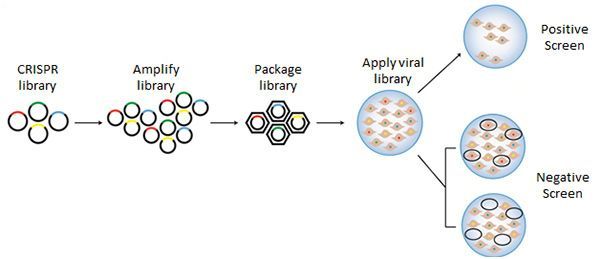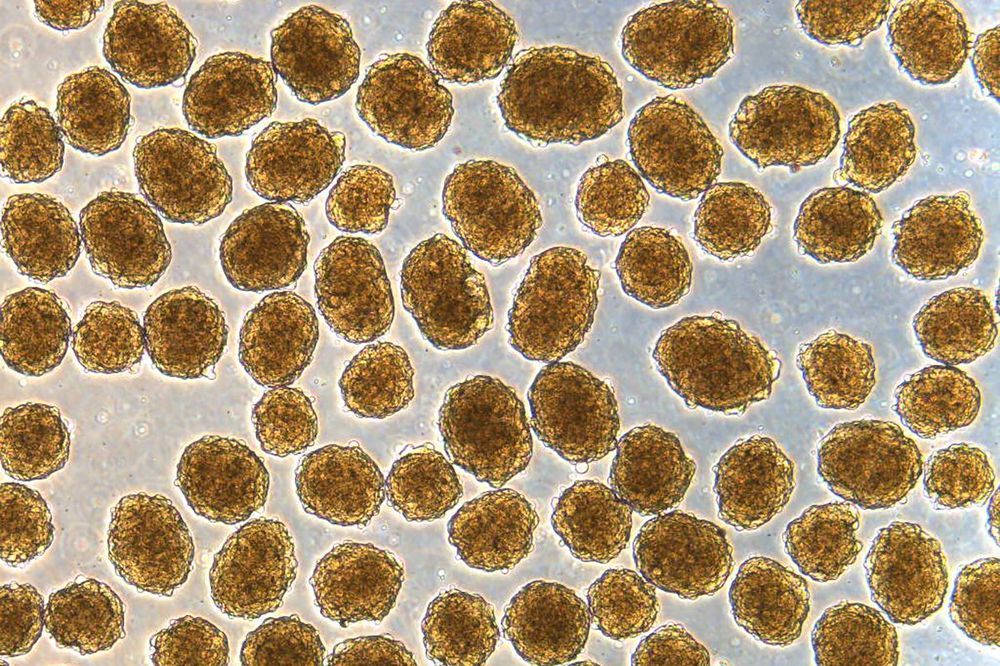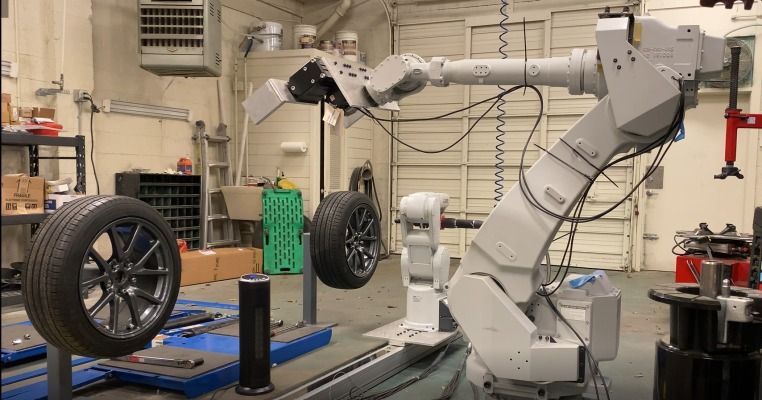As outbreaks grow and spread in Asia, Europe and the Middle East, U.S. officials warn Americans to brace for their own.
Right Now
U.S. stocks are down 2.5 percent, a day after the biggest drop in two years, as the coronavirus rattles investors.


The CRISPR Handbook – Enabling Genome Editing and Transforming Life Science Research is GenScript’s comprehensive guide to the CRISPR/Cas9 genome editing revolution. This new resource includes:
An introductory history of genome editing. The current applications for CRISPR/Cas9 in genome editing. An updated overview of expanded CRISPR research applications, including immunoprecipitation, epigenetic modification, live imaging, and therapeutics. New CRISPR/Cas9 workflows and case studies to help you start using this technology in your research.
CRISPR Handbook – Enabling Genome Editing and Transforming Life Science Research. Free PDF download on the CRISPR/Cas9 genome editing revolution, including CRISPR KO & KI workflows, case studies, and references.


Researchers have converted human stem cells into insulin-producing cells and demonstrated in mice infused with such cells that blood sugar levels can be controlled and diabetes functionally cured for nine months.
The findings, from researchers at Washington University School of Medicine in St. Louis, are published online Feb. 24 in the journal Nature Biotechnology.
“These mice had very severe diabetes with blood sugar readings of more than 500 milligrams per deciliter of blood — levels that could be fatal for a person — and when we gave the mice the insulin-secreting cells, within two weeks their blood glucose levels had returned to normal and stayed that way for many months,” said principal investigator Jeffrey R. Millman, PhD, an assistant professor of medicine and of biomedical engineering at Washington University.


Electric vehicle batteries have improved considerably in recent years, but their limited ability to store energy still keeps many people from giving up their gas-burning cars. That may be about to change, though, as a new anode material is said to offer a whopping four-fold increase in capacity.
Batteries incorporate two electrodes – an anode and a cathode – which ions travel between through an electrolyte. Among other things, the capacity of a battery is affected by the amount of electrons that are able to build up in the anode.
Typically, those anodes are made of graphite. According to scientists at the Korea Institute of Science and Technology (KIST), silicon offers 10 times the energy storage capacity of graphite, but it has one major disadvantage as an anode material – it swells up during the charge/discharge cycle, causing its surface to crack and its capacity to thus drop drastically.

Waiting in a service station waiting room purgatory one day, Victor Darolfi had a simple thought. “I sat at America’s Tires for three hours and thought, hey, we use robots to put tires on at the factory,” the founder explains. “Why don’t we bring robots into the service industry?”
The notion was the first seed behind RoboTire, the Bay Area-based robotics company, which the former Spark Robotics CEO founded in October 2018. Now ready to come out of stealth as part of the latest batch of Y Combinator startups, RoboTire has already generated interest in the industry for its ability to change car tires in a fraction of the time of most mechanics.
“We can do a set of four tires, put in to pull out, in 10 minutes,” Darolfi explains. “It normally takes about 60 minutes for a human operator to do a set of four. Some can go faster, but they really can’t do that eight hours a day.”

Life on Earth is dependent on photosynthesizing plants and algae for food, yet land plants did not evolve until about 450 million years ago, Tang said. “The new fossil suggests that green seaweeds were important players in the ocean long before their descendants, land plants, took control,” he said.
These fossils came from an ancient ocean, but there is still a debate about where green algae originated. “Not everyone agrees with us; some scientists think that green plants started in rivers and lakes, and then conquered the ocean and land later,” Xiao said in a statement.
Moreover, green algae isn’t the oldest algae on record. “There is strong fossil evidence that red algae existed over a billion years ago, and we know the red and green algae diverged from a common ancestor,” Gibson told Live Science in an email. “So, although this doesn’t fundamentally change the way I’ll think about the evolution of life, the discovery of this green algal fossil helps fill an important gap and strengthens an emerging timeline for the evolution of early, complex life.”
Engineers at the University of Washington are working on a new type of rocket engine that holds the promise of being lighter, more efficient, and simpler to make than conventional liquid-fuel rockets. Called a Rotational Detonation Engine (RDE), one of the biggest hurdles to making it practical is to develop mathematical models that can describe how the very unpredictable engine design works in order to make it more stable.
An RDE is a rocket engine that is similar to the pulse jet engines that powered the infamous German V1 cruise missile of the Second World War, which used a simple combustion chamber with an exhaust pipe at one end and spring-mounted slats on the front face. In operation, air would come in through the slats, mix with fuel, which was then detonated, producing a pulse of thrust. An RDE takes this idea one step further.
“A rotating detonation engine takes a different approach to how it combusts propellant,” says James Koch, a UW doctoral student in aeronautics and astronautics. “It’s made of concentric cylinders. Propellant flows in the gap between the cylinders, and, after ignition, the rapid heat release forms a shock wave, a strong pulse of gas with significantly higher pressure and temperature that is moving faster than the speed of sound.
